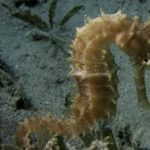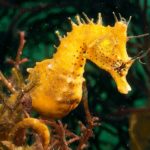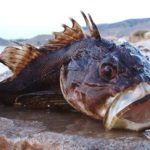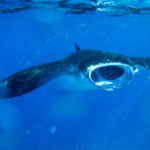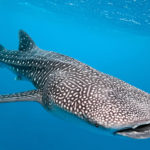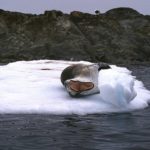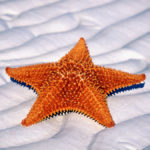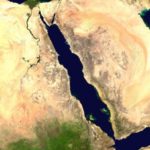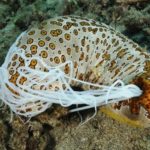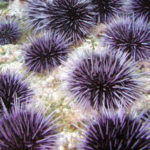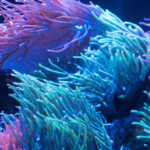Facts about seahorses
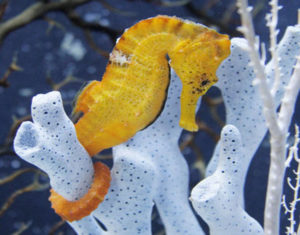 Among the inhabitants of the seas and oceans, quite often there are quite interesting and unusual representatives of the underwater fauna, of which, unfortunately, we know little. One of these inhabitants of sea waters is the seahorse, which differs from the rest of the inhabitants of the seas with its unusual appearance. But in addition to their amazing body shape, they can boast some more features and interesting facts.
Among the inhabitants of the seas and oceans, quite often there are quite interesting and unusual representatives of the underwater fauna, of which, unfortunately, we know little. One of these inhabitants of sea waters is the seahorse, which differs from the rest of the inhabitants of the seas with its unusual appearance. But in addition to their amazing body shape, they can boast some more features and interesting facts.
Seahorse in appearance very similar to the chess horse, have a unique ability to change the appearance. This can change not only their color, but even the shape of the body;
In water the body of seahorse is not located as in the rest of the fish, but vertically or at times diagonally. This situation is due to the presence of a large swim bladder located on the trunk of the ridge;
The body of these sea horses is covered with bone plates, which are so strong that they are able to protect themselves from many dangers. Even after the death of a seahorse, it is almost impossible to break this kind of armor;
These slow-moving fish can not swim quickly, they only slowly and gracefully move in the water. But they learned to deftly hide themselves and hide themselves well;
In the role of the mother at the seahorses stands a male, he is nurturing up to a thousand eggs in a special brood bag. Considering the fact that the female plays the daddy’s role in the family of seahorses, it is women who fight among themselves for the right to get one or the other male;
Only 5 percent of newborn seahorses reach the age of two;
Depending on the species, the size of these fish can be from 2 to 35 centimeters. Their life expectancy is often about 5 years;
Despite the lack of teeth, these inhabitants of the seas are predators and eat small shrimps and crustaceans, simply sucking them as a pipette;
Due to the unique structure of the eyes, seahorses can cover a sector of about 300 degrees with their eyesight;
In the period of strong storms of these fish, it saves that they are kept by their tails for the algae. Unfortunately, such a kind of rags are not adapted to this, and therefore during the storm they often end up on land, where they perish;
